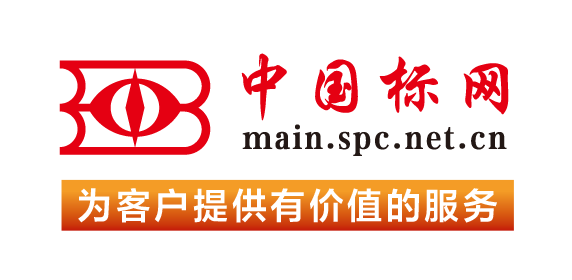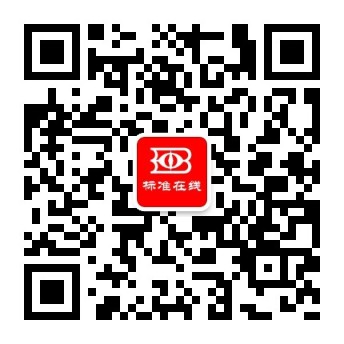【国外标准】 Standard Practice for Identification of Waterborne Oils
本网站 发布时间:
2024-02-28
开通会员免费在线看70000余条国内标准,赠送文本下载次数,单本最低仅合13.3元!还可享标准出版进度查询、定制跟踪推送、标准查新等超多特权!
查看详情>>
适用范围:
4.1 Oil from one crude oil field is readily distinguishable from another, and differences in the makeup of oils from the same crude oil field can often be observed as well. Refined oils are fractions from crude oil stocks, usually derived from distillation processes. Two refined oils of the same type differ because of dissimilarities in the characteristics of their crude oil feed stocks as well as variations in refinery processes and any subsequent contact with other oils mixed in during transfer operations from residues in tanks, ships, pipes, hoses, and so forth. Thus, all petroleum oils, to some extent, have chemical compositions different from each other.4.2 Identification of a recovered oil is determined by comparison with known oils selected because of their possible relationship to the particular recovered oil, for example, suspected sources. Thus, samples of such known oils must be collected and submitted along with the unknown for analysis. Identification of the source of an unknown oil by itself cannot be made without comparison to a known oil. The principles of oil spill identification are discussed in Ref (1).44.3 Many similarities (within uncertainties of sampling, analysis and weathering) will be needed to establish the identity beyond a reasonable doubt. The analyses described will distinguish many, but not all samples. Examples of weathering of various classes of oils are included in Ref (2).4.4 This practice is a guide to the use of ASTM test methods for the analysis of oil samples for oil spill identification purposes. The evaluation of results from analytical methods and preparation of an Oil Spill Identification Report are discussed in this practice. Other analytical methods are described in Ref (3).4.5 A quality assurance program for oil spill identification is specified.1.1 This practice covers the broad concepts of sampling and analyzing waterborne oils for identification and comparison with suspected source oils. Detailed procedures are referenced in this practice. A general approach is given to aid the investigator in planning a program to solve the problem of chemical characterization and to determine the source of a waterborne oil sample.1.2 This practice is applicable to all waterborne oils taken from water bodies, either natural or man-made, such as open oceans, estuaries or bays, lakes, rivers, smaller streams, canals; or from beaches, marshes, or banks lining or edging these water systems. Generally, the waterborne oils float on the surface of the waters or collect on the land surfaces adjoining the waters, but occasionally these oils, or portions, are emulsified or dissolved in the waters, or are incorporated into the sediments underlying the waters, or into the organisms living in the water or sediments.1.3 This practice as presently written proposes the use of specific analytical techniques described in the referenced ASTM standards. As additional techniques for characterizing waterborne oils are developed and written up as test methods, this practice will be revised.1.4 This standard does not purport to address all of the safety concerns, if any, associated with its use. It is the responsibility of the user of this standard to establish appropriate safety, health, and environmental practices and determine the applicability of regulatory limitations prior to use.1.5 This international standard was developed in accordance with internationally recognized principles on standardization established in the Decision on Principles for the Development of International Standards, Guides and Recommendations issued by the World Trade Organization Technical Barriers to Trade (TBT) Committee.
标准号:
ASTM D3415-98(2017)
标准名称:
Standard Practice for Identification of Waterborne Oils
英文名称:
Standard Practice for Identification of Waterborne Oils标准状态:
Active-
发布日期:
-
实施日期:
出版语种:
- 推荐标准
- ASTM 51401-21 Standard Practice for Use of a Dichromate Dosimetry System
- ASTM 51956-21 Standard Practice for Use of a Thermoluminescence-Dosimetry System (TLD System) for Radiation Processing
- ASTM A1010/A1010M-24 Standard Specification for Higher-Strength Martensitic Stainless Steel Plate, Sheet, and Strip
- ASTM A1016/A1016M-24 Standard Specification for General Requirements for Ferritic Alloy Steel, Austenitic Alloy Steel, and Stainless Steel Tubes
- ASTM A105/A105M-24 Standard Specification for Carbon Steel Forgings for Piping Applications
- ASTM A1064/A1064M-24 Standard Specification for Carbon-Steel Wire and Welded Wire Reinforcement, Plain and Deformed, for Concrete
- ASTM A108-24 Standard Specification for Steel Bar, Carbon and Alloy, Cold-Finished
- ASTM A1080/A1080M-24 Standard Practice for Hot Isostatic Pressing of Steel, Stainless Steel, and Related Alloy Castings
- ASTM A1090/A1090M-19(2024) Standard Specification for Forged Rings and Hollows for Use as Base Plates in Power Transmission Structures
- ASTM A1115/A1115M-24 Standard Practice for Construction of Mechanically Stabilized Earth Walls with Inextensible Soil Reinforcement
- ASTM A1128-24 Standard Specification for Stainless Steel Shielded, Rubber Gasketed Couplings Having an Integral Restraint Feature for Joining Hubless Cast Iron Soil Pipes and Fittings Where External Restraint Is Required
- ASTM A179/A179M-24 Standard Specification for Seamless Cold-Drawn Low-Carbon Steel Heat-Exchanger and Condenser Tubes
- ASTM A234/A234M-24 Standard Specification for Piping Fittings of Wrought Carbon Steel and Alloy Steel for Moderate and High Temperature Service
- ASTM A242/A242M-24 Standard Specification for High-Strength Low-Alloy Structural Steel
- ASTM A249/A249M-24a Standard Specification for Welded Austenitic Steel Boiler, Superheater, Heat-Exchanger, and Condenser Tubes
 我的标准
我的标准 购物车
购物车 400-168-0010
400-168-0010














